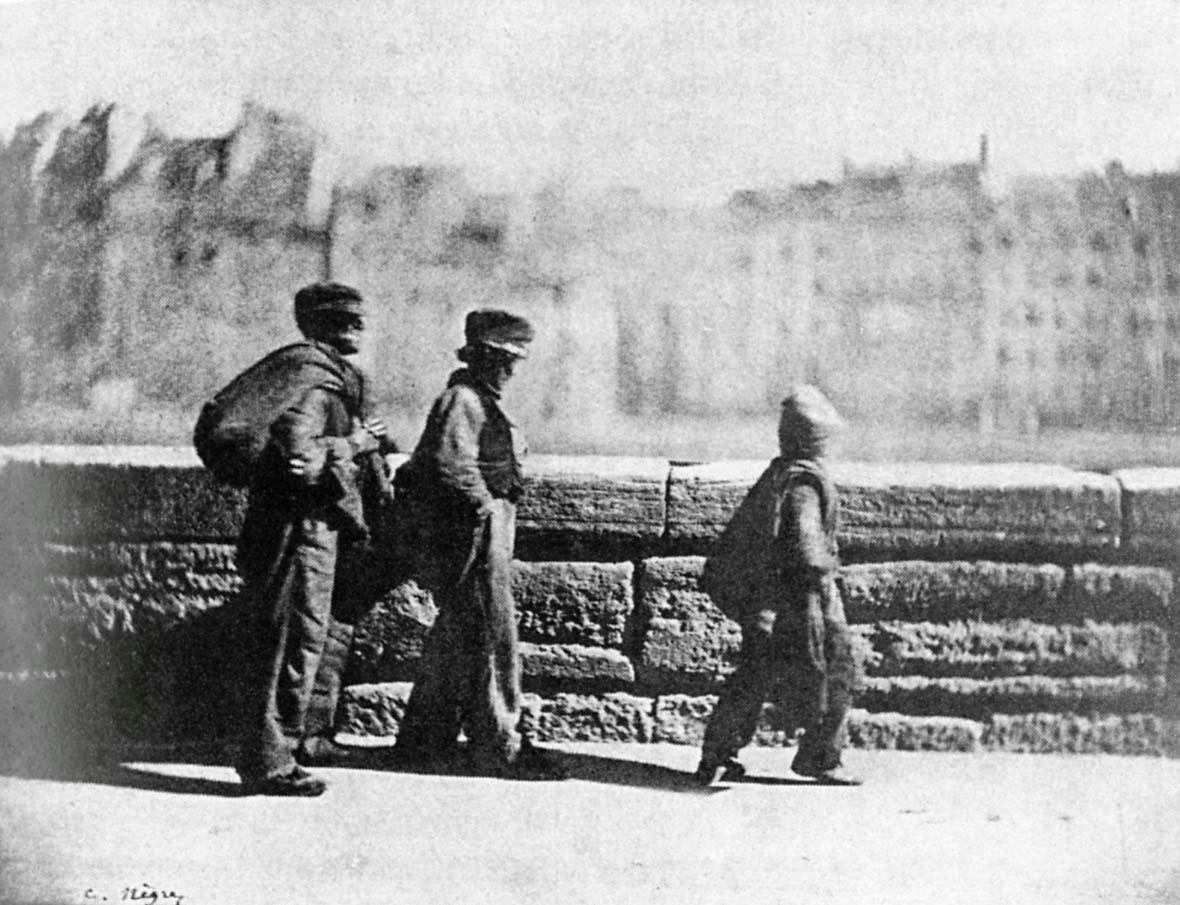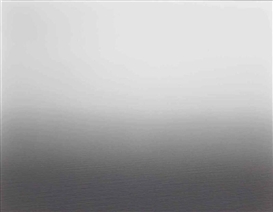 |
| Nan Goldin, 1968, New York City. |
Howarth,
S. and Alexander, M. D. 2005. Singular images;
Essay
on Remarkable photographs. New York; Aperture.
Thought Nan Goldin’s
career, Goldin has focused her photography around personal relationships if her
friends and lovers. Goldin’s 'the hug' conveys the complexities of love in
brief terms, bring thought to the subjects lives, thoughts, and feelings. As a
stand-alone photograph, 'The hug' withholds extreme passion and, with the focus
of the lovers wrapping around one another, a strong sense of determination. As
their identities are unknown, I feel it heightens the quality of being so
powerful and mysterious, especially with the inclusion of intimacy.
The couple is
intertwined in each other arms, and have almost barricaded themselves away from
the world in a firm embrace. Even the woman's hair seems to barricade their
faces, as if for protection. The barricading if view strengthens the desire to
know what they look like and who they are.
The shadow
the left if the photograph adds to the feeling if combination and adds to the
sense of them having their own private place. This shadow limes around their
bodies and heads, which suggests a loss in identity. The present of the shadow
becomes so strong it could be interpreted as a third person, adding a haunted
feeling to the image.
As well as
the shadow, the photograph includes the light of the flash, bringing drama to
the image. This portrays how photography also puts some I the most private of
encounters in the spotlight and creates a stage-like feel.
When
analyzing the image, it reveals domination within the couple as one person
usually slightly dominates the other. The hug itself appears too powerful to
just be a friendly hug which I feel conveys a strong sense if attraction. All
these elements are what makes 'the hug stand out, as it includes so many
different powerful elements that, together, make an extraordinarily powerful
photograph.







